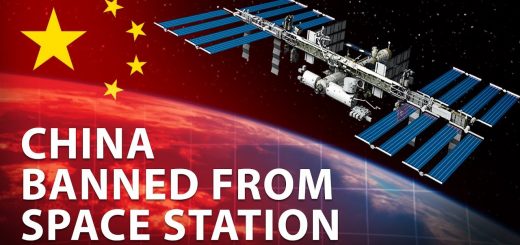NASA’s Path to Mars
Mars a rich destination for scientific discovery. As we expand our presence into the solar systemwith robotic and human explorationThe formation and evolution of Mars will helpus learn more about our own planet’s historyand future. In its past the Red Planet had conditionssuitable for life, and future explorationmay uncover evidence of life, answering oneof the fundamental mysteries of humanity:Does life exist beyond Earth?At NASA, we’re reaching for new heightsso we remain the world’s leader inspace. . . We’re pioneers and we always havebeen. And we’re building on thatpioneering sprit in science and technologyso that we make the world a better place,so we create jobs right here on earth. NASA is developing the capabilities neededto send humans to an asteroid by 2025 andto Mars in the 2030s. We’re building something that can golunar, something that can go to anasteroid, we can go to Mars with this,this is the next step we’ve been lookingfor since the Apollo era. Robotic explorers have studied Mars for morethan 40 years. NASA’s path for the human exploration of Marsbegins in low-Earth orbit aboard the InternationalSpace Station. Onboard the orbiting laboratory, astronautsare helping us prove many of the technologiesand communications systems needed for humanmissions into deep space. Well the crews right now on InternationalSpace Station are using this wonderfuloutpost to help us get further and furtherinto space, to asteroids, to Marseventually, I think the science on stationismaking incredible breakthroughs that aregoing to help us make life better forpeople right here on Earth. We and our other international partnercrewmates are working off the planet forthe planet. NASA, along with our internationalpartners, conduct scientific researchevery day here on the station. We use thisorbiting laboratory as a stepping-stone forfuture deep space exploration. In tandem with space station research. . . NASAwill send a robotic mission to capture andredirect an asteroid to orbit the moon. Astronautsaboard NASA’s Orion spacecraft will explorethe asteroid and return to Earth with samples. This experience will help NASA test new systemsand capabilities, such as Solar Electric Propulsion,which will send cargo as part of human missionsto Mars. NASA’s new Space Launch System rocket willenable these “proving ground” missions totest new capabilities. Human missions to Marswill rely on Orion and an evolved versionof the Space Launch System, which will bethe most powerful rocket ever flown. With Orion and our heavy-lift SpaceLaunch System. . . we’re going to sendhumans into space farther than they’veever gone before. This year’s Orion test flight will be themost aggressive human spacecraft flightin more than forty years!Apollo happened before I was born sothis, for our generation, will be theexploration missions that we get to see inour lifetime. A fleet of robotic spacecraft and rovers alreadyare on and around Mars, dramatically increasingour knowledge about the Red Planet and pavingthe way for future human explorers. Future missions seeking signs of past lifewill demonstrate new technologies that couldhelp astronauts survive on Mars. I think some of the most amazing thingsthat we are learning is actually how to bereally good detectives on another planetwhich is a really difficult job. Engineers and scientists around the countryare working hard to develop the technologiesastronauts will use to one day live and workon Mars. . . and then safely return home fromthe next giant leap for humanity. Through advanced aerospacetechnologies, used in everything frommodern aircraft to suborbital rockets andthe commercial vehicles servicing lowEarth orbit today, we’re building themachines to take us further into the highfrontier. NASA is here to raise the bar for humanachievement. We are a community dedicated toresearch and discovery in service tosociety. We have a responsibility to the futuregenerations of engineers, the futuregenerations of engineers, scientists,technologists, explorers, that’s ourchallenge.













